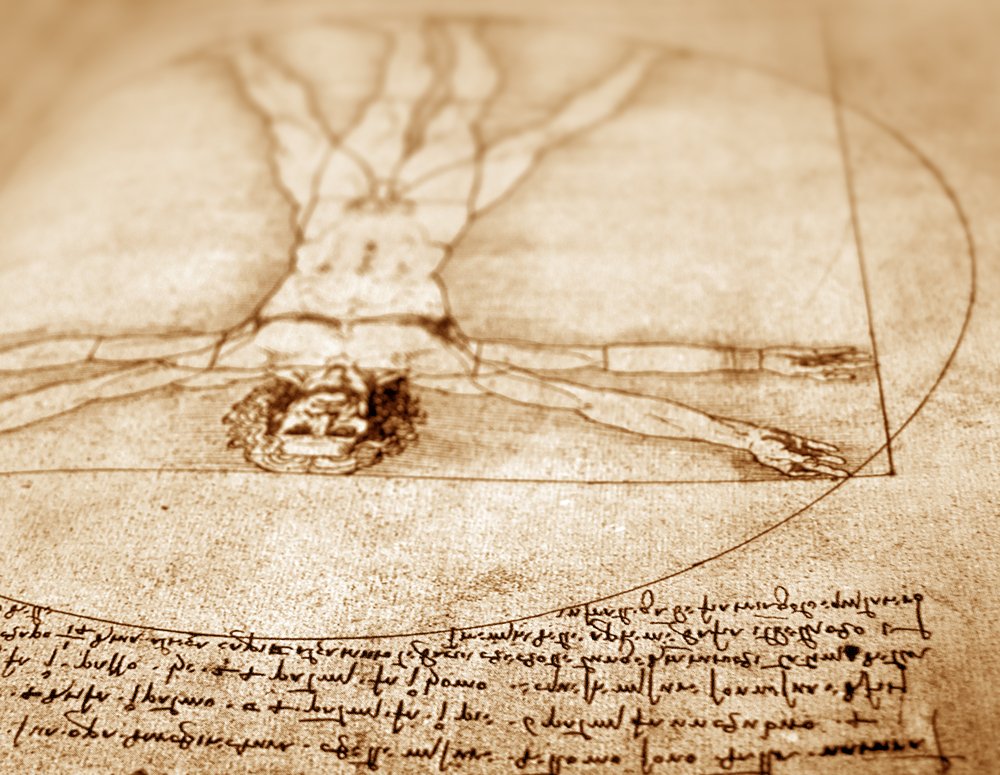“To develop a complete mind, study the science of art. Study the art of science. Develop your senses – especially learn how to see. Realize that everything is connected to everything else.” Leonardo da Vinci offers prescient wisdom and direction, especially relevant to this time.
Like most people, I find LinkedIn an incredible resource for thought leadership and have found myself lately thinking a lot about a recent post by author and futurist Bernard Marr that references this Leonardo quote. Marr was writing about the STEAM movement for the arts in education (Science, Technology, Engineering, Arts, and Mathematics—adding the arts to STEM). I’ve also been thinking about a recent post by Jacqueline Novogratz, Founder of the Acumen Fund and author of The Blue Sweater: Bridging the Gap Between Rich and Poor and Manifesto for a Moral Revolution: Practices to Build a Better World. She wrote that Milton Friedman’s take on capitalism that pits shareholders against stakeholders needs to be reimaged into a more inclusive system. Instead of businesses focusing solely on profits, such a systemic change means not only technical change but also a mindset shift that takes into account our shared humanity and the sustainability of the earth.

Do we have a complete mind and the mindset to manage through these turbulent times and reimagine the future? A key to success can be found in understanding, as Leonardo did, the interconnection of the arts and sciences. This is how we can best face a wide range of contemporary challenges: coincidental crises, the accelerating pace of change, digital transformation everywhere, a future of work that is already here, the need for lifelong learning, and the challenge of a multigenerational workforce, just to name a few. In business the “triple bottom line” that combines a concern for the Environment, Social and Governance (ESG) has become a standard way to define values in corporate social responsibility and sustainability. The next generation of ESG needs to emerge, combining Inclusion, Science and Arts (ISA), bound by considerations of ethics, causality and consequences.
The challenges of developing the complete mind and mindset underscores the need for focusing on well-known concepts that are too often overlooked– critical thinking, civil discourse, an emphasis on collaboration and enabling everyone in society to have access to an education that provides sufficient tools. This is how we can reimagine the world and create a better future.
Inclusion
There is an immediate need in society and in business to address the systemic issues of diversity. That includes diversity based on ethnicity, gender, sexual orientation, age, special needs, etc. The practice of systems thinking will help us to incorporate an understanding of the mental models of all stakeholders, and serves as a framework to help redefining interactions, as well as address potential issues and develop solutions. Systems thinking should serve as a foundational component of university curriculum. Ultimately, the definition of inclusion needs to be expanded to include diversity of thought and ideas.

Science
Rapid developments in technologies such as artificial intelligence, biometrics, robotics, machine learning, deep learning, quantum computing, blockchain, virtual reality, and augmented reality require reskilling and upskilling by all of us to keep pace. The interdisciplinary skills will be enhanced with a curriculum for students that focuses on science, technology, engineering and math (STEM). That is how we can encourage more problem-solving and the development of solutions to the problems we face. Adults, too, need to continue studying changes and techniques in these fields. Yet whileprocesses, data and increasing efficiencies can and will be enabled by machines, creativity and innovation are beyond their realm.
Arts
We need to become comfortable with the ambiguity of stretching into the unknown. The discipline and practice of the arts helps us build the creativity and innovation to intuit, dream, design, articulate, draw, and ideate solutions. While a STEM curriculum can enhance critical thinking and problem solving, integrating the arts alongside it will enhance our ability to create beyond known possibilities, expanding STEM to STEAM. We also need to incorporate in all our lives and our work a focus on empathy, in order to fully observe and understand the user experience in all the systems of society. The creative process endemic in artistic endeavors helps us learn to Iterate to produce optimal solutions in any activity. In addition, the disciplines of Human-Centered Design can provide a structure for creating new products and services by demanding that we answer questions such as “How Might We?” and “What If?” That is how we can facilitate creativity and innovation in ideating, prototyping and developing solutions. And a key example of such a challenge at this moment is “How Might We Reimagine Capitalism?”
For those with the luxury of having their basic needs met, homebound activities during the pandemic have included things like lots of bread-baking, cooking, a return to hobbies, and a reconnection with family and friends, whether virtually or socially-distanced. Even introverts are social beings. We all have a human need for connection. Poetry , the arts, and a contemplation and recognition of beauty can not only give us solace but help inspire us to better understand and appreciate others.
The simultaneous crises of our moment and the havoc many of us feel in many aspects of our lives have exposed cracks in the foundations of modern society. But this unique and challenging time also gives us an opportunity to reset and re-imagine where we need to go, by starting the process of creating systems that will integrate the strengths of both the arts and the sciences but are human-centered and fundamentally inclusive.
















